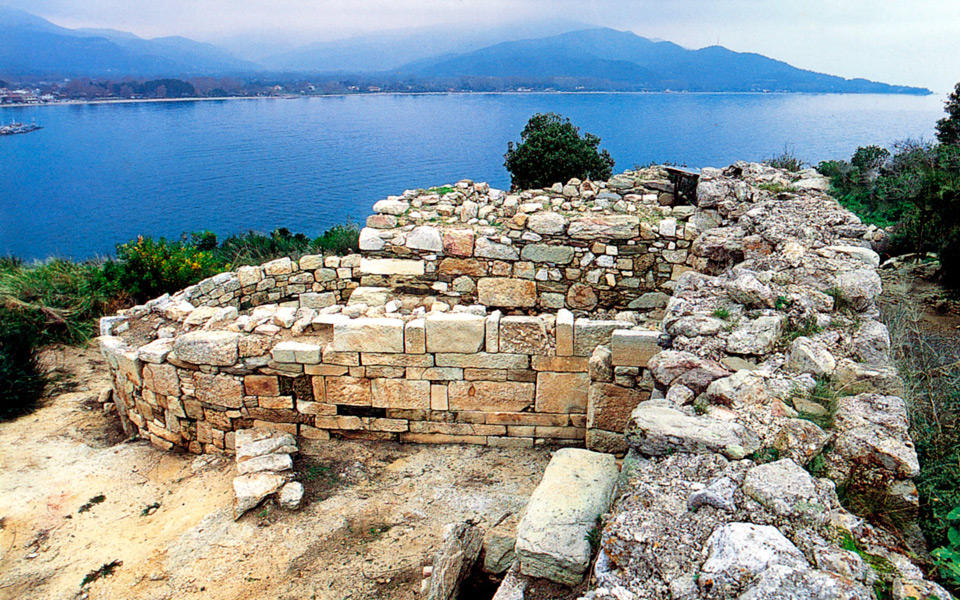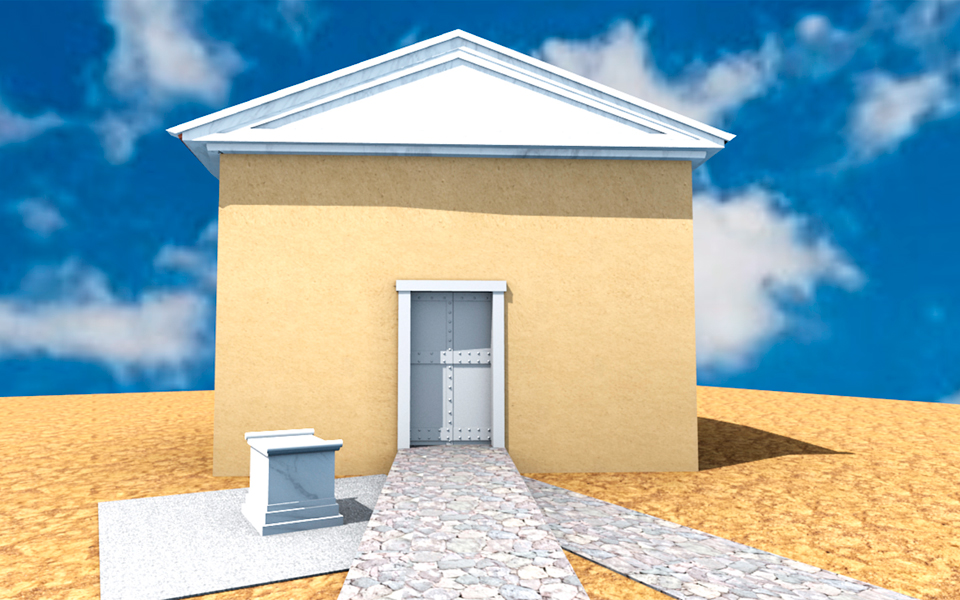Greece Shines Again in Blue Flag Beach Rankings
Greece maintains second place globally at…

The tomb uncovered at Aristotle's birthplace of Stagira gives strong indications of belonging to the great philosopher's
Aristotle’s tomb, uncovered at his birthplace of Stagira after years of meticulous excavations, is the most important finding to come from a 20-year dig at the site. Greek archaeologists have little doubt that the 2,400-year-old tomb is that of the great philosopher born in the region located in central Macedonia, near the eastern coast of the Chalkidiki peninsula, in 384 BC.
The domed construction was found in the ancient city in 1996. Excavation data and old literary sources converge as evidence that the domed construction with marble flooring that dates back to the Hellenistic period was built for Aristotle. His tomb was originally believed to be located between Chalcis and Eretria in Evia where he died in 322 BC. However his ashes were transported back to the place where he was born by residents of Stagira, who honored Aristotle as a hero, savior, legislator and second founder of their city thanks to the philosopher’s mediation with King Philip of Macedon in 340 BC to re-establish the city after it was destroyed, by the same king, in 349 BC.
The astonishing news is expected to be made official in an announcement on Thursday, May 26 at the ‘Aristotle 2,400 years’ Conference’ at the Aristotle University of Thessaloniki. “I have no hard proof, but strong indications lead me to almost certainty”, said archaeologist Kostas Sismanidis. He claimed that all the indications, from the location of the tomb, the period it was erected and its public character are conclusive that the edifice is indeed Aristotle’s tomb.
“However his ashes were transported back to the place where he was born by residents of Stagira, who honored Aristotle as a hero, savior, legislator and second founder of their city.”

A 3d representation of the monument reconstructs what it might have looked like
The tomb structure was found between the arcades of the temples of Zeus Soteros (5th century BC) and Athena Sotera (6th century BC) at the “Liotopi” peninsula. The vaulted top view (10 meters), its shape, the marble rectangular floor with an empty altar (1.30×1.70 meter) had troubled the investigating archeologist as it surrounded a square Byzantine tower.
The tomb’s structure had been destroyed during the Byzantium. All that was left standing was a two-meter semi-circular wall. The structure originally had a roof with tiles constructed at the royal pottery workshops, confirming the tomb’s public character. A wide road lead to the tomb’s entrance making it accessible to those wishing to pay their respects.
Other findings include ceramics, more than 50 coins that date the tomb to the time of Alexander the Great. Literary sources point to Aristotle as the tomb’s occupant with text no. 257 of the Marciana library and an Arabic biography referring to the transfer of Aristotle’s remains by people from Stagira. They were carried from Chalcis to Stagira in a bronze urn that was buried in a large mounded tomb within the city. Next to it, they erected an altar and called the area “Aristoteleion”. The site became the meeting spot of the council.
On Friday, 250 participants of the “Aristotle 2,400 Years” conference from 40 countries will visit the area. The conference is organized by the Interdisciplinary Center for Aristotle Studies of the Aristotle University of Thessaloniki.
Originally published in Kathimerini
“The tomb’s structure had been destroyed during the Byzantium. All that was left standing was a two-meter semi-circular wall. A wide road lead to the tomb’s entrance making it accessible to those wishing to pay their respects.”
Greece maintains second place globally at…
Legendary operatic singer, Andrea Bocelli, one…
The church of Aghios Stefanos in…
The new museum, showcasing finds from…